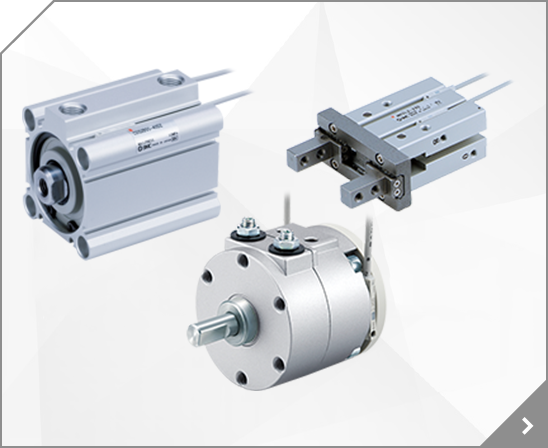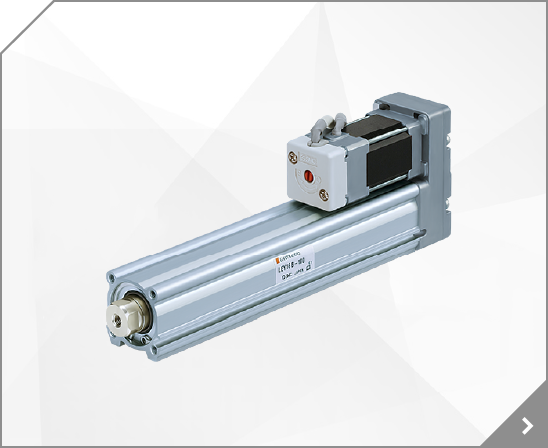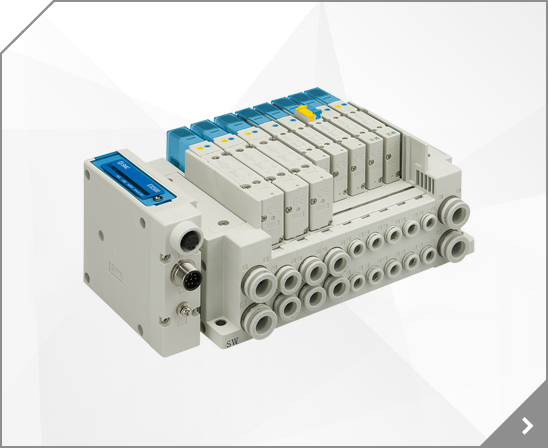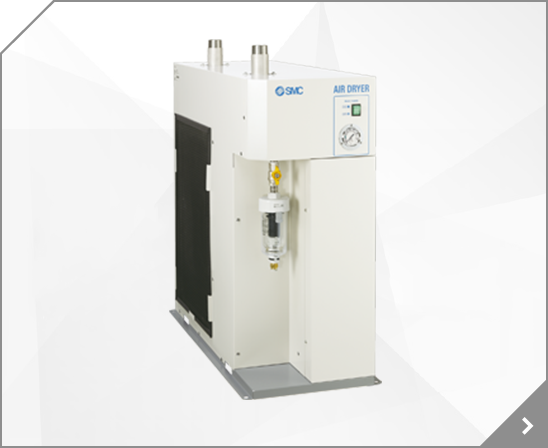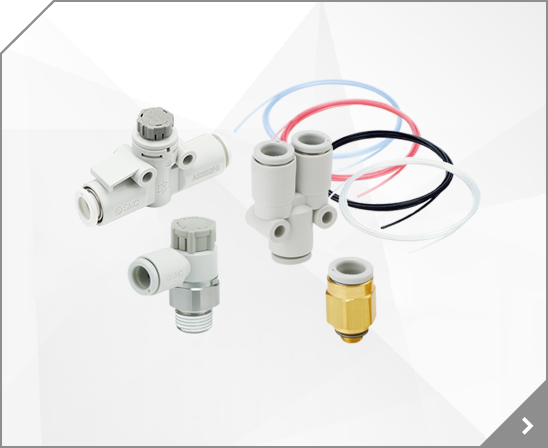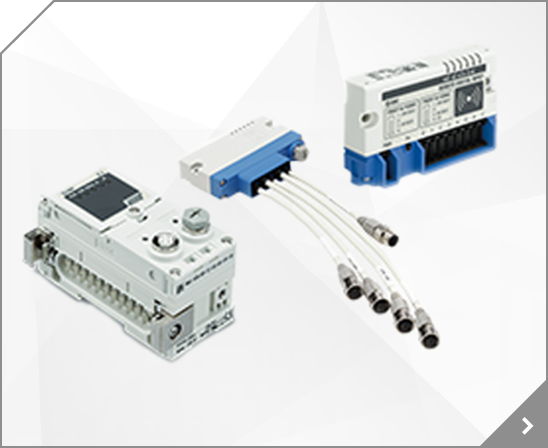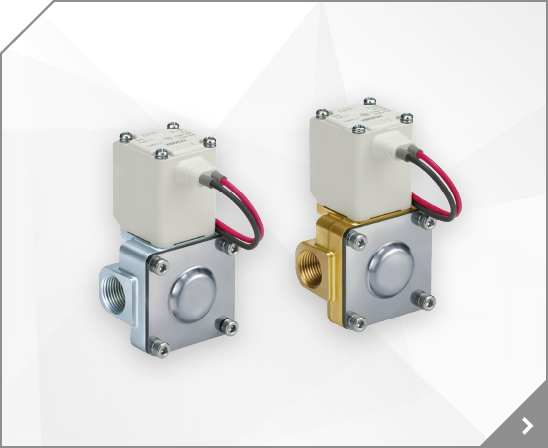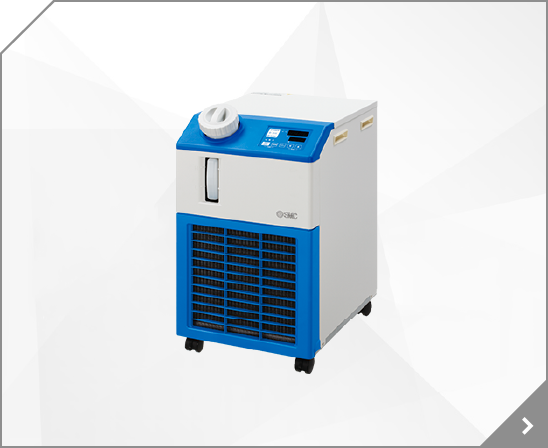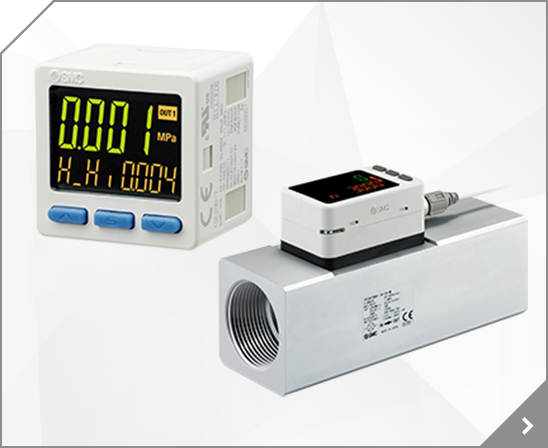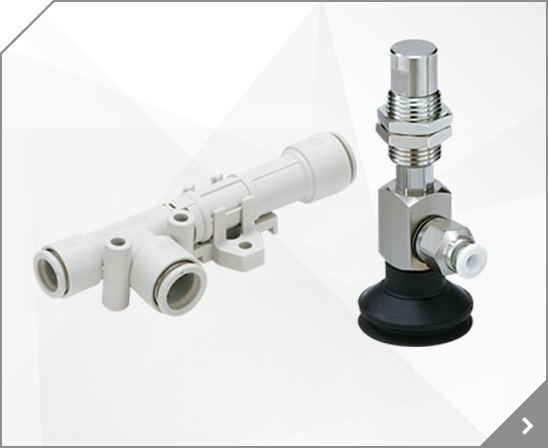
Symbol: 3-Position, Exhaust Center, Solenoid: Double, Voltage: 24V DC, Option: -, Port Size: -, Thread: -, Connector: -, Q: -
Symbol: 2-Position, Solenoid: Double, Voltage: 100V AC, Option: Indicator Light, Port Size: -, Thread: -, Connector: -, Q: -
Symbol: 2-Position, Solenoid: Single, Voltage: 100V AC, Option: Indicator Light, Port Size: -, Thread: -, Connector: -, Q: -
Series: 2 (VQZ200), Stations: 8 Stations, Option: None, Thread: 00N (NPT), CE Compliant: Q (CE Marked)
Stations: 11 Stations, Option: D (DIN Rail Mounting), Port Size: Rc, CE Compliant: Q (CE Marked)
constructionValve typeNumber of portsFluid Note 1)Operating pressure rangeOrifice diameterResponse timeLeakageProof pressure Note 2)Ambient temperatureFluid temperatureVolume of valve chamber Note 3)Mounting orientation Note 4)EnclosureWeightRated voltageAllowable voltage fluctuation Note 5)Type of coil insulationPower consumption (When rated voltage is at 24 V)Coil switching noise Note 6)
constructionValve typeNumber of portsFluid Note 1)Operating pressure rangeOrifice diameterResponse timeLeakageProof pressure Note 2)Ambient temperatureFluid temperatureVolume of valve chamber Note 3)Mounting orientation Note 4)EnclosureWeightRated voltageAllowable voltage fluctuation Note 5)Type of coil insulationPower consumption (When rated voltage is at 24 V)Coil switching noise Note 6)
Series LVM is a compact, direct acting, 2/3 port solenoid valve for chemicals. The unique construction reduces residual liquid to a minimum. Superior resistance to chemicals requires less maintenance. Service life (based on SMC test conditions) is 10 million cycles or more.Orifice diameter: 2mm , Power-saving circuit available, 2 port N.C. or N.O. types; 3 port Universal type , Diaphragm
constructionValve typeNumber of portsFluid Note 1)Operating pressure rangeOrifice diameterResponse timeLeakageProof pressure Note 2)Ambient temperatureFluid temperatureVolume of valve chamber Note 3)Mounting orientation Note 4)EnclosureWeightRated voltageAllowable voltage fluctuation Note 5)Type of coil insulationPower consumption (When rated voltage is at 24 V)Coil switching noise Note 6)
constructionValve typeNumber of portsFluid Note 1)Operating pressure rangeOrifice diameterResponse timeLeakageProof pressure Note 2)Ambient temperatureFluid temperatureVolume of valve chamber Note 3)Mounting orientation Note 4)EnclosureWeightRated voltageAllowable voltage fluctuation Note 5)Type of coil insulationPower consumption (When rated voltage is at 24 V)Coil switching noise Note 6)
constructionValve typeNumber of portsFluid Note 1)Operating pressure rangeOrifice diameterResponse timeLeakageProof pressure Note 2)Ambient temperatureFluid temperatureVolume of valve chamber Note 3)Mounting orientation Note 4)EnclosureWeightRated voltageAllowable voltage fluctuation Note 5)Type of coil insulationPower consumption (When rated voltage is at 24 V)Coil switching noise Note 6)
constructionValve typeNumber of portsFluid Note 1)Operating pressure rangeOrifice diameterResponse timeLeakageProof pressure Note 2)Ambient temperatureFluid temperatureVolume of valve chamber Note 3)Mounting orientation Note 4)EnclosureWeightRated voltageAllowable voltage fluctuation Note 5)Type of coil insulationPower consumption (When rated voltage is at 24 V)Coil switching noise Note 6)
constructionValve typeNumber of portsFluid Note 1)Operating pressure rangeOrifice diameterResponse timeLeakageProof pressure Note 2)Ambient temperatureFluid temperatureVolume of valve chamber Note 3)Mounting orientation Note 4)EnclosureWeightRated voltageAllowable voltage fluctuation Note 5)Type of coil insulationPower consumption (When rated voltage is at 24 V)Coil switching noise Note 6)
constructionValve typeNumber of portsFluid Note 1)Operating pressure rangeOrifice diameterResponse timeLeakageProof pressure Note 2)Ambient temperatureFluid temperatureVolume of valve chamber Note 3)Mounting orientation Note 4)EnclosureWeightRated voltageAllowable voltage fluctuation Note 5)Type of coil insulationPower consumption (When rated voltage is at 24 V)Coil switching noise Note 6)
constructionValve typeNumber of portsFluid Note 1)Operating pressure rangeOrifice diameterResponse timeLeakageProof pressure Note 2)Ambient temperatureFluid temperatureVolume of valve chamber Note 3)Mounting orientation Note 4)EnclosureWeightRated voltageAllowable voltage fluctuation Note 5)Type of coil insulationPower consumption (When rated voltage is at 24 V)Coil switching noise Note 6)
constructionValve typeNumber of portsFluid Note 1)Operating pressure rangeOrifice diameterResponse timeLeakageProof pressure Note 2)Ambient temperatureFluid temperatureVolume of valve chamber Note 3)Mounting orientation Note 4)EnclosureWeightRated voltageAllowable voltage fluctuation Note 5)Type of coil insulationPower consumption (When rated voltage is at 24 V)Coil switching noise Note 6)
constructionValve typeNumber of portsFluid Note 1)Operating pressure rangeOrifice diameterResponse timeLeakageProof pressure Note 2)Ambient temperatureFluid temperatureVolume of valve chamber Note 3)Mounting orientation Note 4)EnclosureWeightRated voltageAllowable voltage fluctuation Note 5)Type of coil insulationPower consumption (When rated voltage is at 24 V)Coil switching noise Note 6)
Output Specification: 11 (For Vacuum, Low Pressure), Port: R07 (1/4" Reducer), CE Marked: Q (CE Marked)
Stations: 4 Stations, Style: Q (DeviceNet), Manifold Mount Style: D (DIN Rail Mounting), Option: N (Name Plate)
Stations: 5 Stations, Style: Q (DeviceNet), Manifold Mount Style: D (DIN Rail Mounting), Option: N (Name Plate)
